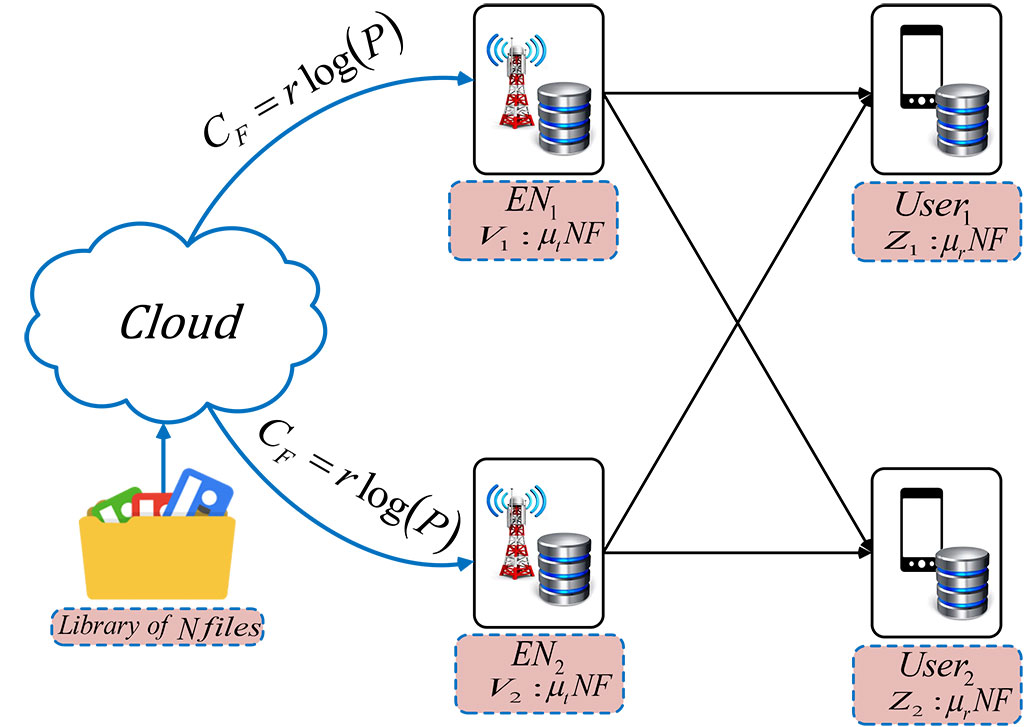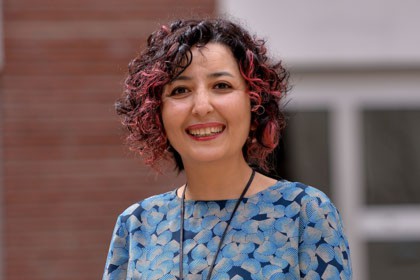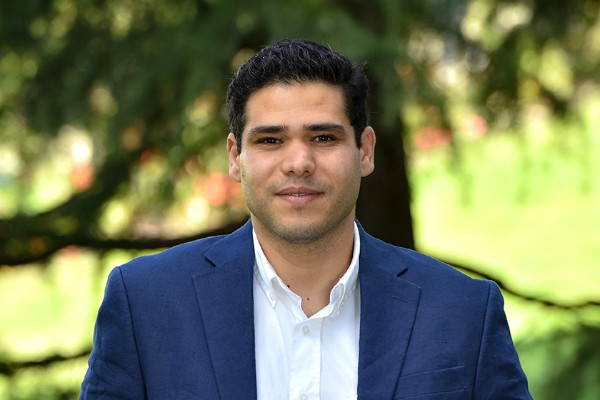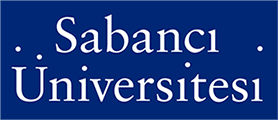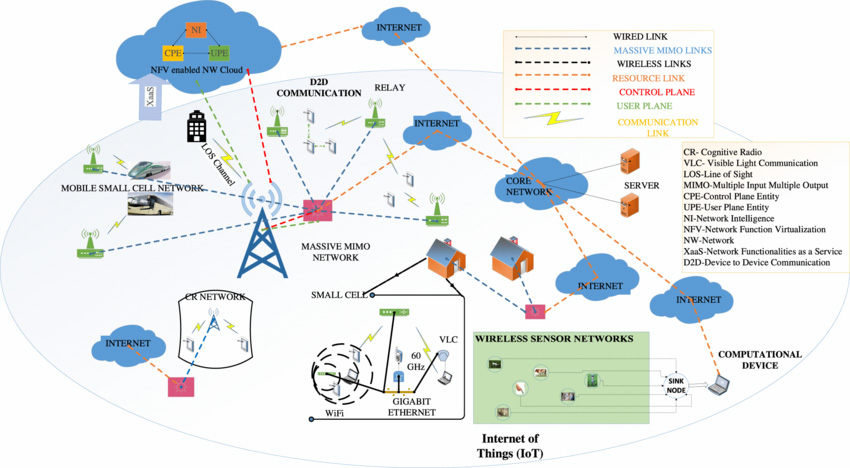This area focuses on using AI and digital twin technology to optimize and secure next-generation wireless networks. AI-driven techniques improve network management, resource allocation, and adaptive control, while network digital twins enable real-time simulation, optimization, and resilience testing.
His research focuses on AI-driven optimization and digital twin modeling for wireless networks. He is working on developing learning-based methods for dynamic resource allocation, multi-connectivity strategies (e.g., MR-DC), and interference management in 5G/6G. He also builds digital twin frameworks to simulate network behavior, integrating real-time data for predictive analytics and optimization. His methods are applied in areas such as energy-efficient network operation, ultra-reliable low-latency communication (URLLC), and disaster recovery using digital twin-based simulations. These solutions help improve the efficiency, adaptability, and security of future wireless networks.
Further Information

